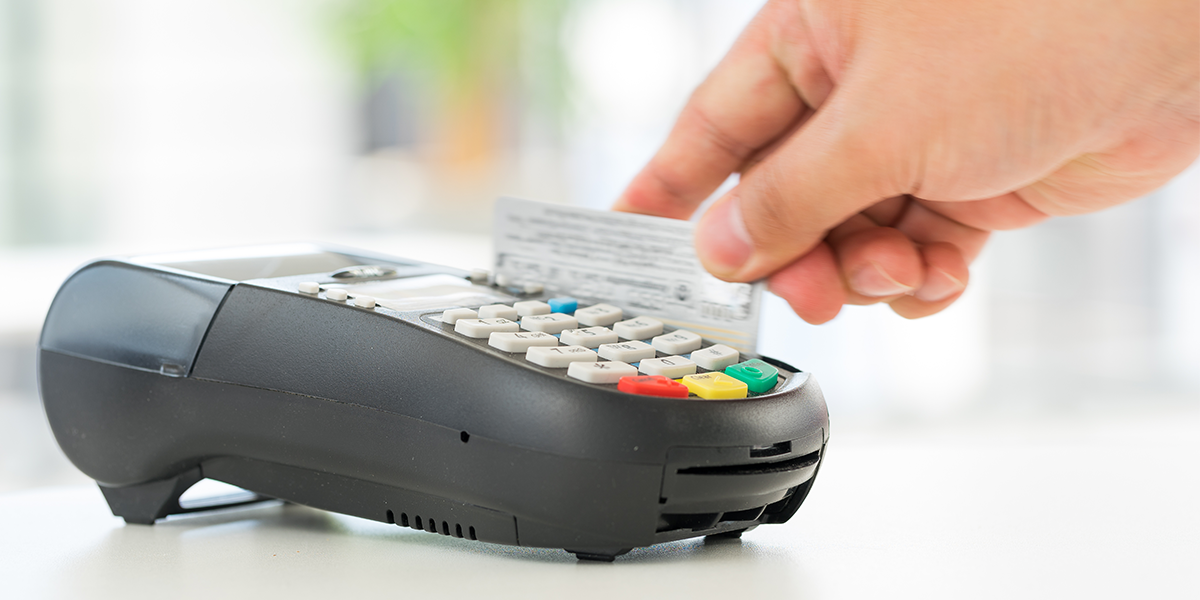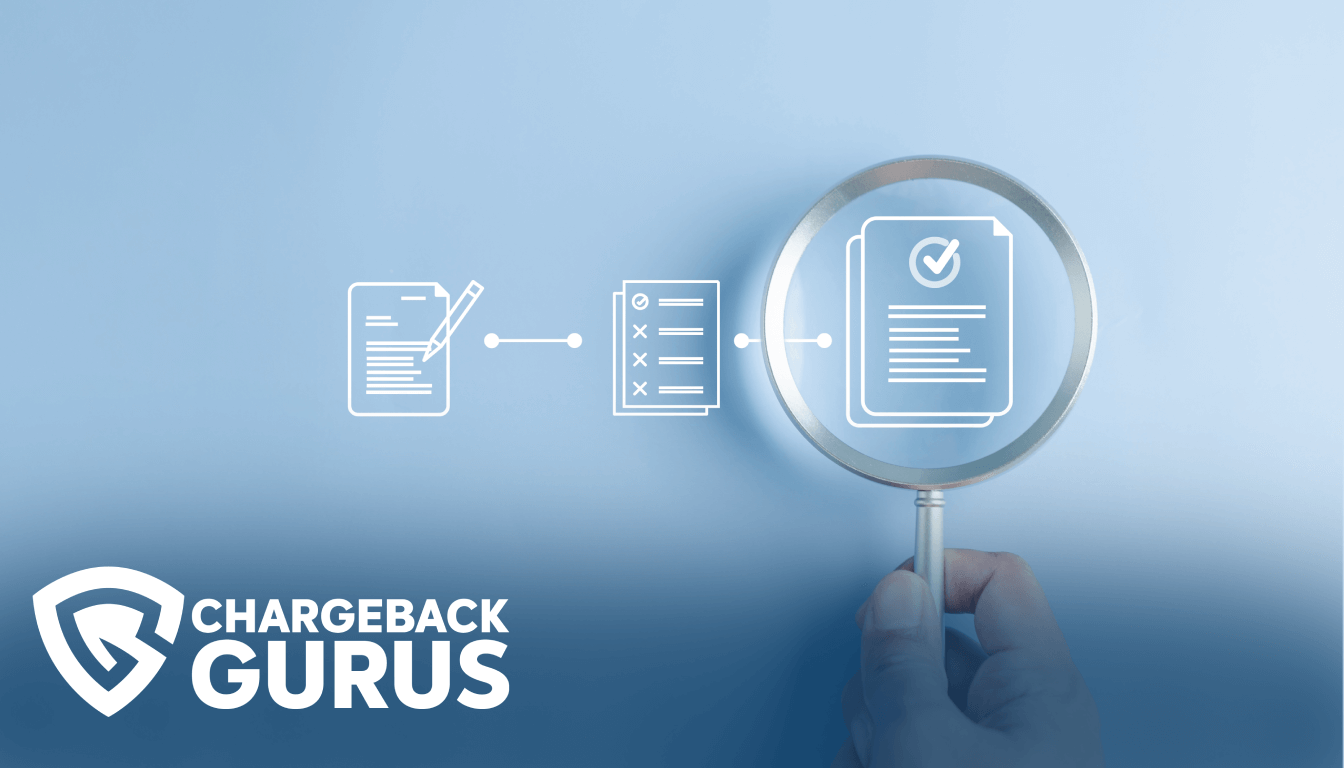Discover Chargeback Reason Code UA05: Fraud

Table of Contents
- What is Discover chargeback reason code UA05?
- What causes code UA05 chargebacks?
- What's the time limit to respond to code UA05 chargebacks?
- How can merchants fight code UA05 chargebacks?
- How can merchants prevent code UA05 chargebacks?
- About Discover chargeback reason codes
Merchants who receive a chargeback for a transaction placed with a Discover card may encounter reason code UA05, which indicates an improperly authorized transaction that the cardholder does not believe they should be responsible for paying. The actual underlying cause of this chargeback may be true fraud, friendly fraud, or merchant error. Merchants who believe they have received an invalid chargeback under reason code UA05 may be able to represent the transaction and reverse the chargeback with the right compelling evidence.
What is Discover chargeback reason code UA05?
Discover chargeback reason code UA05 falls under the “Fraud” category. The shorthand description is “Chip Counterfeit Transaction.” This code indicates that the cardholder claims they didn't participate in a card-present transaction and their card isn't missing, which suggests that a counterfeit card was used.
It’s relatively easy for fraudsters to make counterfeit cards by copying the data encoded in the magnetic stripe. EMV technology was created to prevent this kind of fraud, but counterfeit cards can still evade detection if they are processed via swipe or magnetic entry instead of using the chip reader.
This reason code may also indicate that the merchant’s card terminal did not transmit all of the chip data, that a chip-reading terminal was not actually used, or that the transaction was made fraudulently by a person who was not authorized to use the card.
What causes code UA05 chargebacks?
Code UA05 chargebacks are typically caused by a fraudster with a cloned credit card either targeting a merchant who doesn't have EMV-compatible payment terminals or convincing a merchant to swipe or key in the transaction.
Fraudsters can obtain credit card numbers from card skimmers or the dark web and write that information onto the magnetic stripe of a credit card, creating a counterfeit.
If the fraudster can find a merchant who doesn’t use EMV chip terminals or convince a merchant to run the card without using the chip reader, they can use the counterfeit card to make purchases against the cardholder’s account.
Sometimes, friendly fraudsters who understand the EMV chip liability rules may use their own card to make a purchase but ask the merchant to run it by swiping the magnetic stripe instead of using the EMV chip. They can later demand a chargeback and claim that the purchase was unauthorized, and the merchant will be in a difficult position to fight back.
What's the time limit to respond to code UA05 chargebacks?
The acquirer or merchant has 30 days to respond to a chargeback filed under reason code UA05.
How can merchants fight code UA05 chargebacks?
- Proof that your point-of-sale terminal was enabled for use with EMV chip technology.
- Proof that the transaction was completed using the magnetic stripe data after receiving a “Fallback” response to the authorization request.
How can merchants prevent code UA05 chargebacks?
EMV chip technology can protect merchants against many forms of card-present fraud, especially the ones involving counterfeit cards. To take advantage of this protection, you must upgrade or replace all of your point-of-sale terminals to be fully compliant with the EMV standard
If you do not do so, you will automatically be assigned liability for the vast majority of unauthorized transactions that could potentially have been prevented by the use of the EMV chip.
The following best practices can help you avoid counterfeit card chargebacks:
- Upgrade to EMV-compliant payment terminals.
- Obtain proper authorization for all transactions before completing them.
- Make sure to obtain the correct cardholder verification method for the transaction you are processing, such as signature or PIN.
- Train your staff on the proper handling of point-of-sale procedures.
About Discover chargeback reason codes
Reason codes are alphanumeric codes that provide the justification for granting a chargeback. Pursuant to the Fair Credit Billing Act of 1974, cardholders have the right to dispute unauthorized or erroneous charges, and issuing banks must reverse a disputed transaction if the cardholder’s claim is valid.
When a cardholder contacts their issuing bank to dispute a transaction and receive a chargeback, the dispute is assigned a reason code that most closely matches the substance of the cardholder’s claims. The reason code provides the merchant and other stakeholders in the dispute with a concise explanation for why a chargeback has been granted.
Each card network—Visa, Mastercard, American Express, and Discover—defines and maintains their own unique set of reason codes, which are applied to disputes by the banks that issue credit and debit cards under their brands.
As both a card network and an issuer, Discover specifies 26 reason codes under the categories of Fraud, Not Classified, Authorization, Expired, Processing Errors, Services, and Dispute Compliance. Most of Discover’s reason codes are a two-letter abbreviation of the dispute description.
Understanding chargeback reason codes is one of the most essential parts of effective chargeback management. Identifying the chargeback reason code and the evidence required to fight it is the first step in chargeback representment, and analyzing your chargeback reason codes can provide you with insights into what types of disputes are causing you the most trouble. With this information, you can determine the root causes of your chargebacks and take action to prevent them from reoccurring.


